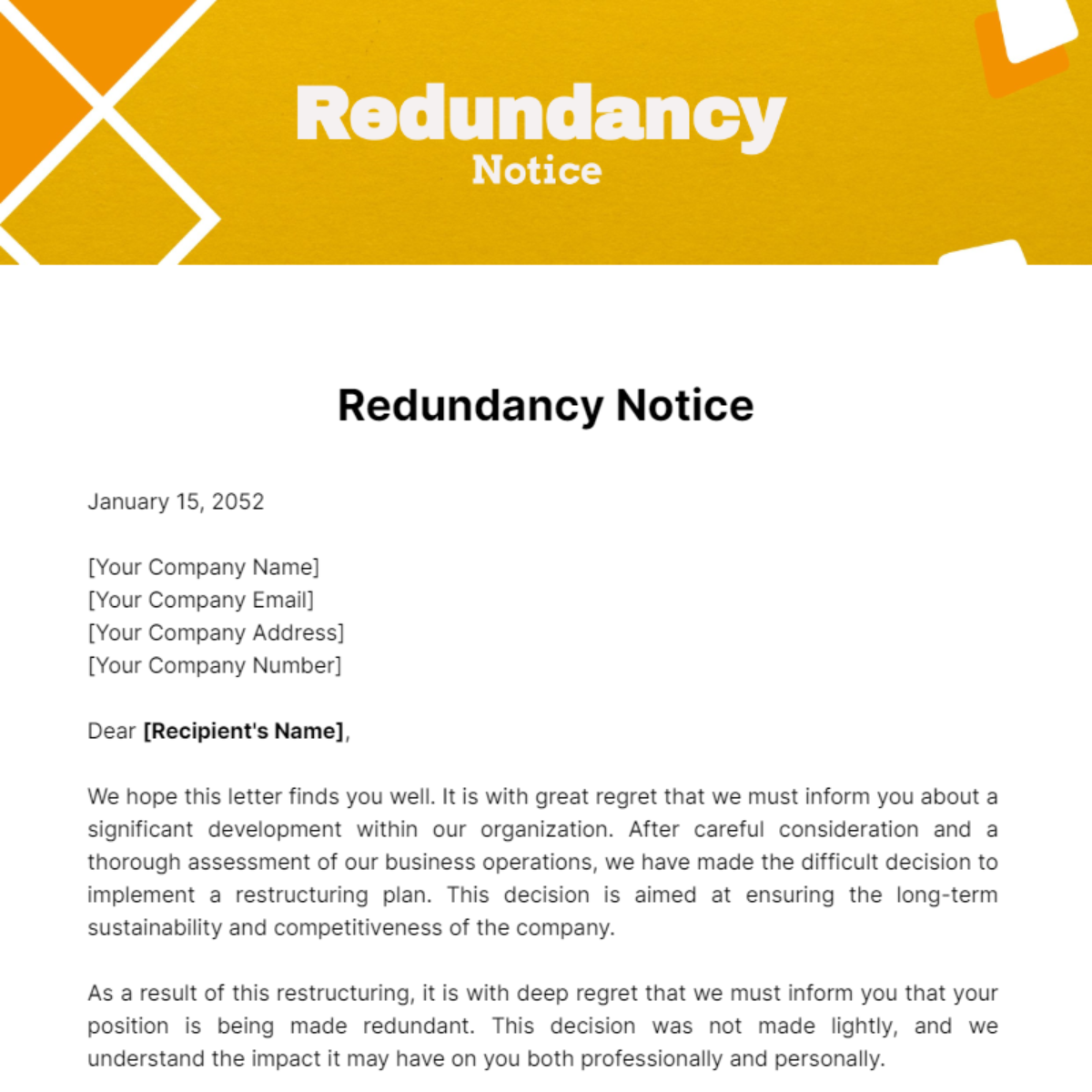Checking Out the Operational Characteristics of Business Redundancy and Its Long-Term Sustainability

Redundancy Methods for Business Connection
In order to make sure uninterrupted operations, organizations have to carry out reliable redundancy strategies for service connection. Redundancy in this context describes the duplication of vital parts or features within a system to mitigate the impact of prospective failings. By including redundancy approaches, organizations can boost their strength against disruptions brought on by various variables such as natural disasters, devices failings, or cyber-attacks.
One common redundancy technique is the application of backup systems and data storage remedies. This entails developing matches of essential information and systems that can be activated in case of a primary system failure. Additionally, companies can develop repetitive interaction networks and source of power to keep connection and operations during unexpected events.
Additionally, cross-training workers to do several functions within the firm can act as an important redundancy technique. This guarantees that essential tasks can still be carried out also if vital workers are unavailable due to ailment or various other reasons. On the whole, efficient redundancy techniques are important for businesses to promote operational connection and lessen the impact of possible interruptions.
Effect of Redundancy on Business Resilience
Offered the important role redundancy approaches play in making certain company connection, checking out the influence of redundancy on organizational resilience ends up being crucial for understanding the alternative operational characteristics of a company. Organizational strength describes an entity's capability to adjust to interruptions, recoup from problems, and change when required while keeping core functions. Redundancy, when tactically applied, can significantly add to enhancing an organization's strength in the face of unforeseen obstacles. By having backup systems, workers, or procedures in position, business can much better withstand shocks and continue operations with very little disruption.
Furthermore, redundancy can strengthen staff member spirits and self-confidence, recognizing that there are backup plans in place to address unforeseen situations. This complacency can cause boosted efficiency and a much more positive workplace. In addition, redundancy can cultivate advancement and imagination within an organization as employees feel encouraged to take computed dangers, recognizing that there is a safety and security web to sustain them in case of failing. Generally, the effect of redundancy on organizational strength is profound, shaping the long-term sustainability and success of a firm.
Stabilizing Efficiency and Adaptability in Redundancy
Accomplishing an unified stability in between functional performance and adaptive flexibility is an essential obstacle in the critical release of redundancy within organizations. Too much flexibility without a solid operational foundation can result in ineffectiveness and variance.
To stabilize performance and adaptability in redundancy preparation, companies must carefully evaluate their operational demands, market dynamics, and calculated goals. Carrying out lean techniques can improve effectiveness by getting rid of and simplifying procedures waste, while cultivating a society of versatility and continuous enhancement can increase flexibility. Additionally, investing in cross-training programs and durable interaction networks can assist check this cultivate a functional workforce with the ability of dealing with diverse jobs throughout durations of change. Eventually, finding the right stability in between performance and versatility is crucial for constructing a durable and sustainable company despite uncertainty.
Long-Term Sustainability Through Redundancy Planning
To make sure long-lasting stability and security, companies must strategically align their redundancy planning with long-term sustainability goals, thus integrating functional performance with flexible adaptability. Firms ought to check out redundancy not as a responsive solution to prompt problems but as a proactive strategy for long-term success.

Proactive Measures for Sustainable Firm Workflow
Just how can business proactively boost their functional sustainability for long-term success? Executing positive procedures is essential for companies aiming to make sure lasting operations. One vital strategy is to buy innovation and advancement to enhance processes, minimize waste, and remain affordable in the marketplace. Taking on lasting techniques such as lowering power intake, minimizing carbon impact, and maximizing source application can not just profit the atmosphere but likewise result in cost savings in the long run.
Moreover, promoting a culture of continuous renovation and discovering within the organization can enhance flexibility to transforming market conditions and customer needs. Motivating employee participation in decision-making procedures and offering possibilities for expert development can boost spirits, productivity, and total efficiency. Developing clear objectives, keeping track of key efficiency indicators, and regularly evaluating progression are important parts of positive sustainability monitoring.
Collaborating with suppliers, clients, and other stakeholders to advertise sustainable methods throughout the supply chain can create a causal sequence of favorable impact - redundancy pay if company goes bust. By taking positive steps in the direction of operational sustainability, business can construct durability, drive innovation, and safeguard their long-term success in an ever-evolving organization landscape
Conclusion

In the world of business management, the critical deployment of firm redundancy stands as a pivotal yet elaborate method that demands a fragile balance between functional performance and lasting feasibility. By exploring the functional dynamics that underpin firm redundancy and assessing its more comprehensive ramifications for organizational strength and adaptability, a nuanced understanding of exactly how redundancy strategies can shape the future trajectory of have a peek at this site a firm starts to unravel.Provided the essential function redundancy approaches play in guaranteeing business continuity, checking out the impact of redundancy on organizational durability comes to be imperative for comprehending the all natural functional dynamics of a business. Generally, the effect of redundancy on business strength is profound, shaping the long-lasting sustainability and success of a firm.
In conclusion, understanding the operational characteristics of firm redundancy is essential for guaranteeing long-lasting sustainability.
Comments on “Explained: If a Company Goes Bust Who Pays Redundancy in the UK?”